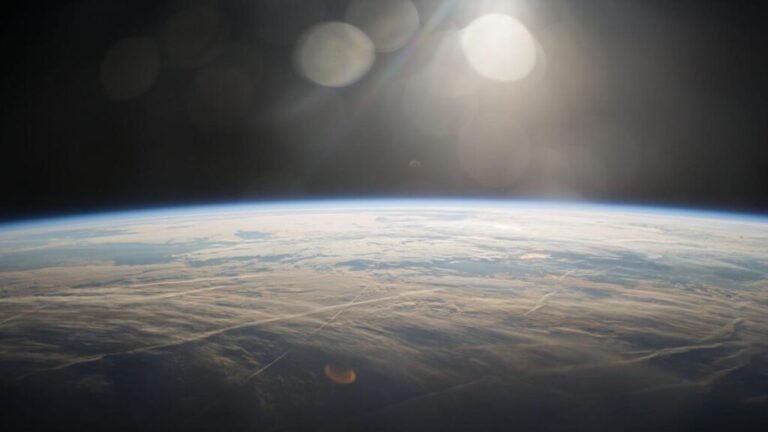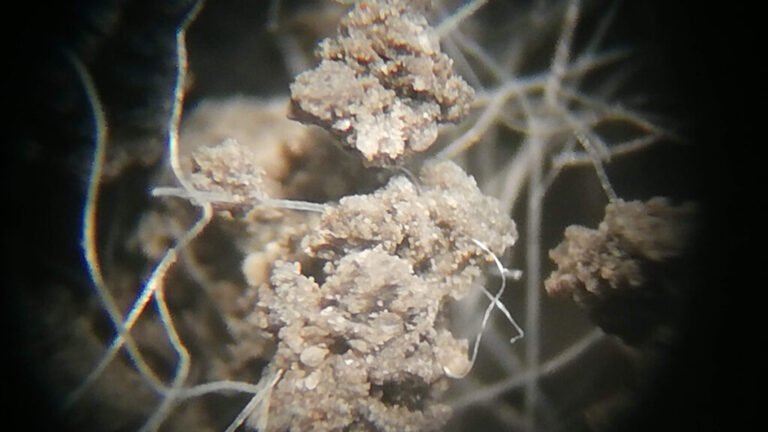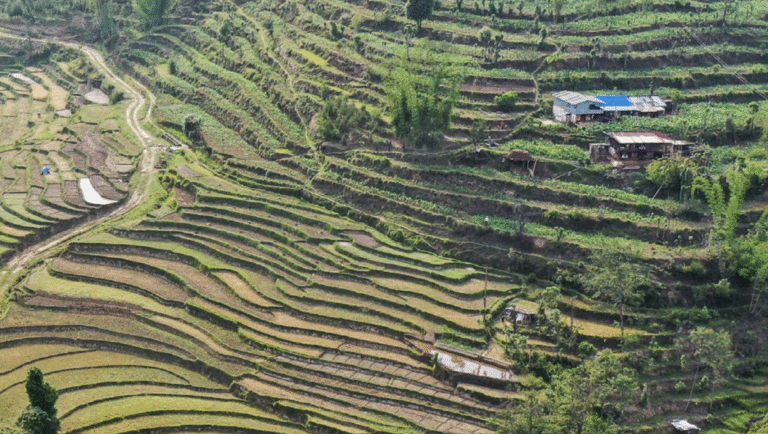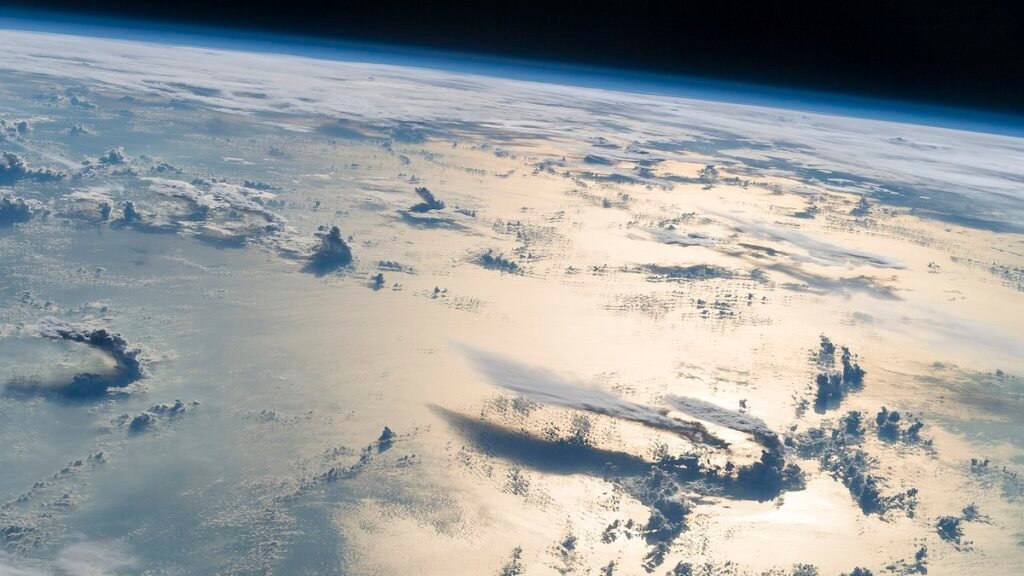
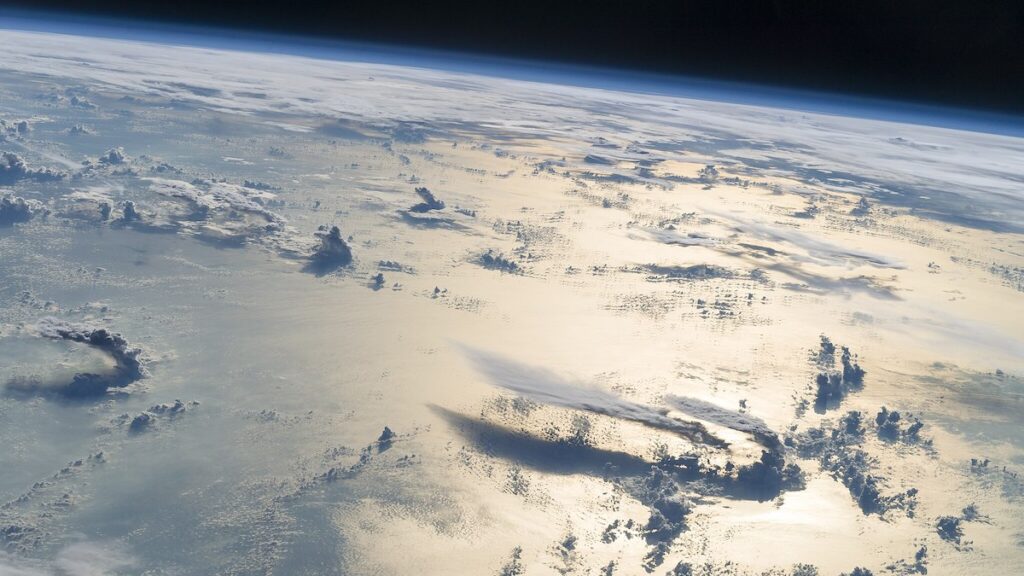
The term “ecosystem engineering” has been used for decades as a way to describe organisms that drastically alter their environment, changing the abiotic factors in their habitat as well as the lives of other organisms in their orbit. Beavers, bison, and possibly dinosaurs fall into this category.
The idea has, over decades, helped ecologists move past the idea that animals are simply passive players in the environment toward an understanding that life itself affects its surroundings.
“Are we just a new version in a long line of the evolution of new processes that have fundamentally altered the planet? Or are we truly something new?”
A more expansive view of ecosystem engineering—one that identifies effects over geologic timescales—could be useful for Earth scientists as well as ecologists, according to a new framework recently published in Trends in Ecology and Evolution. The authors argue the framework could be useful for answering fundamental questions about humans’ role in Earth’s history.
“Are we just a new version in a long line of the evolution of new processes that have fundamentally altered the planet? Or are we truly something new?” said Kate Lyons, a paleoecologist at the University of Nebraska–Lincoln and coauthor of the new framework.
Engineering Earth
Lyons and the research team were inspired to create the new framework when they realized that many large-scale planetary changes caused by living beings didn’t fall strictly into the original definition of ecosystem engineering. “We felt we really needed a different term,” she said.
The framework distinguishes Earth system engineers from ecosystem engineers by the scale of their effects. Earth system engineers may be processes as well as organisms, and they affect their surroundings over longer periods of time and across larger, sometimes global, spatial scales. In many cases, Earth system engineers affect species they “don’t even coexist with,” Lyons said.
In fact, the fossil record shows that many biological and ecological processes both had a global impact and introduced changes in Earth systems that have lasted for millions and even billions of years. For example, the Great Oxidation Event, a period roughly 2.4 billion years ago during which single-celled organisms began to metabolize carbon dioxide and water, drastically increased the concentration of oxygen in Earth’s atmosphere. We’re still experiencing the aftermath of the Great Oxidation Event—it’s why all animals on Earth today are alive.
Calcium carbonate biomineralization—the process by which marine life takes up calcium and carbon from seawater and produces mineral skeletons or other hard structures—is another Earth system engineering process, the authors write. This process has been a major contributor to the sequestration of carbon in the ocean, which helps to control the global climate.
Planetary History, Here and Beyond
The new paper’s authors suggest their framework could be useful for answering questions about whether the scale of humanity’s changes to Earth systems is unique in Earth’s history.
Similarly, the authors expect the framework to help in investigations of how often such planetary-scale changes happen and how they usually play out: “[Are they] typically followed by mass extinctions? [Do they] typically spur speciation?” Lyons said.
These questions also have applications for astrobiology because knowledge of how organisms affect their environments on planetary scales—creating oxygen via photosynthesis, for example—could give insight into how and why some planets become habitable, said Peter Wagner, a paleobiologist at the University of Nebraska–Lincoln and coauthor on the new study.
There is “growing interest” in the question “When does life leave a mark on the planet?” said Clive Jones, one of the scientists who originally developed the concept of ecosystem engineering in 1994. “It’s very worthwhile thinking about,” he said.
What’s in a Name?
Scientists have been grappling with these questions for years, however, and the idea that ecosystem engineering could be a planetary process has been implicit in previous published work, said Erle Ellis, an ecologist at the University of Maryland, Baltimore County, who was not involved in the new paper. In fact, in 2012, Jones published a paper presenting a theory of when and why certain species create geomorphological signatures in the landscape, responding to a 2006 paper that raised the question of when life leaves a mark.
“There are some really cool interfaces between…ecosystem science and Earth system science.”
Ellis also cautioned that the line between “ecosystem engineer” and “Earth system engineer” may be arbitrary. Though it is helpful to recognize that ecosystem engineering can scale up, “there’s not really a clean break” between which processes are planetary and which aren’t, he said.
Creating a binary like the one presented in the paper “tends to divide up the community of scientists…when they’re actually working on the same thing,” Ellis said. “That’s not necessarily an advance in the sciences.”
Jones still thinks the new Earth system engineering framework could be useful. Just as the idea of ecosystem engineering helped ecologists conceptualize organisms as active agents in the abiotic environment, the idea of Earth system engineering could help scientists better understand the spatial and temporal scales of interactions between animals and Earth systems, he said.
Jones also hopes the new framework spurs additional collaboration. “There are some really cool interfaces between…ecosystem science and Earth system science,” he said. “That’s where the productive territory will be.”
—Grace van Deelen (@gvd.bsky.social), Staff Writer
This news article is included in our ENGAGE resource for educators seeking science news for their classroom lessons. Browse all ENGAGE articles, and share with your fellow educators how you integrated the article into an activity in the comments section below.
Citation: van Deelen, G. (2025), Earth system engineers take planetary alterations to extreme scales, Eos, 106, https://doi.org/10.1029/2025EO250402. Published on 29 October 2025.
Text © 2025. AGU. CC BY-NC-ND 3.0
Except where otherwise noted, images are subject to copyright. Any reuse without express permission from the copyright owner is prohibited.

